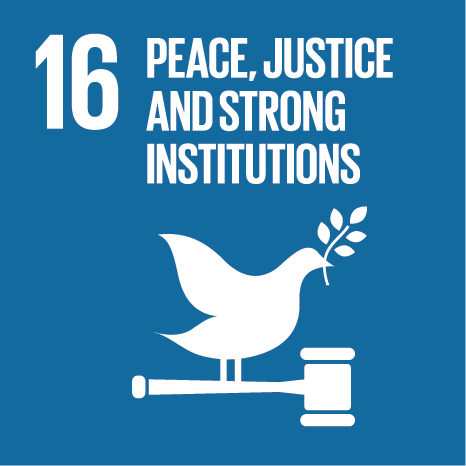Ciência_Iscte
Publications
Publication Detailed Description
The contexts and structures of relating to others: How memberships in different types of groups shape the construction of interpersonal relationships.
Journal Title
Journal of Social and Personal Relationships
Year (definitive publication)
2011
Language
English
Country
United Kingdom
More Information
--
Web of Science®
Scopus
Google Scholar
This publication is not indexed in Overton
Abstract
A study tested hypotheses derived from relational models theory on how four models communal sharing, authority ranking, equality matching, and market pricing - are used to structure relationships in different types of social groupings. Portuguese participants rated 10 relationships on the Modes of Relationships Questionnaire and reported their shared group memberships. The four-factor structure of the models was confirmed, and a bottom-up approach identified families, friendships, and organizations as the main distinct types of social groupings. The main results showed that relations within families combine mostly communal relations with authority between age groups, whereas relations in organizations combine mostly market relations with authority between age groups as well as professions. Friendships feature a mix of all models, except authority.
Acknowledgements
--
Keywords
Age difference; Family; Friendship; Organizations; Relational models
Fields of Science and Technology Classification
- Psychology - Social Sciences
- Media and Communications - Social Sciences
Contributions to the Sustainable Development Goals of the United Nations
With the objective to increase the research activity directed towards the achievement of the United Nations 2030 Sustainable Development Goals, the possibility of associating scientific publications with the Sustainable Development Goals is now available in Ciência_Iscte. These are the Sustainable Development Goals identified by the author(s) for this publication. For more detailed information on the Sustainable Development Goals, click here.

 Português
Português


